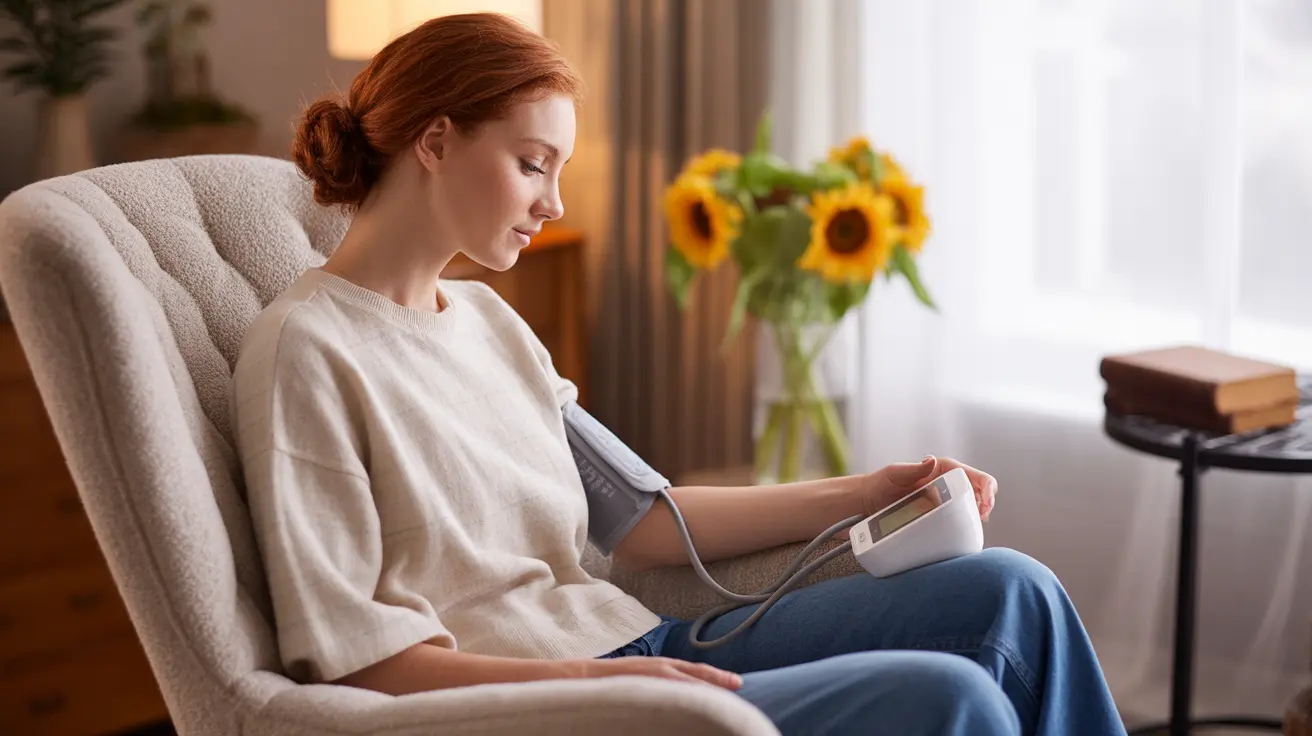The landscape of stroke risk is changing dramatically, with an alarming increase in cases among younger adults. This concerning trend has medical professionals and researchers working to understand the underlying causes and develop more effective prevention strategies for this traditionally older-age health crisis that's now affecting a younger demographic.
As we explore this critical health issue, we'll examine the factors contributing to this rise in stroke occurrence among younger populations, identify essential warning signs, and discuss practical prevention strategies that can help reduce your risk.
The Changing Face of Stroke Risk
Traditional understanding of strokes primarily focused on older adults, but recent data shows a significant shift in this pattern. Young adults between 18-50 are experiencing strokes at unprecedented rates, with several key factors driving this change:
- Increased prevalence of obesity
- Rising rates of high blood pressure in young adults
- Growing diabetes diagnoses in younger populations
- Sedentary lifestyle habits
- Increased stress levels
- Poor dietary choices
Major Risk Factors Affecting Young Adults
Lifestyle-Related Risks
Modern lifestyle choices play a significant role in elevating stroke risk among younger populations. Prolonged sitting, excessive screen time, and reduced physical activity contribute to poor cardiovascular health. Additionally, busy schedules often lead to:
- Irregular eating patterns
- Processed food consumption
- Insufficient sleep
- Limited exercise
- Higher stress levels
Medical Conditions
Several medical conditions that increase stroke risk are becoming more common in younger adults:
- Type 2 diabetes
- Hypertension
- High cholesterol
- Sleep apnea
- Heart arrhythmias
Critical Warning Signs
Recognizing stroke symptoms quickly can be life-saving. The FAST method helps identify common stroke signs:
- Face: One side of the face drooping
- Arms: Weakness or numbness in one arm
- Speech: Difficulty speaking or slurred speech
- Time: Time to call emergency services immediately
Prevention Strategies for Young Adults
Taking proactive steps to prevent strokes is crucial, especially for younger adults. Key prevention strategies include:
- Regular blood pressure monitoring
- Maintaining a healthy weight
- Getting regular exercise (at least 150 minutes per week)
- Following a balanced, nutritious diet
- Managing stress through healthy coping mechanisms
- Regular medical check-ups
- Limiting alcohol consumption
- Avoiding tobacco use
Frequently Asked Questions
Why are more young adults having strokes now than in the past?
Young adults are experiencing more strokes due to increased prevalence of risk factors like obesity, high blood pressure, and diabetes. Additionally, sedentary lifestyles, poor dietary habits, and higher stress levels contribute to this trend. The combination of these factors, along with improved stroke detection methods, has led to higher reported cases in younger populations.
What lifestyle changes can help lower my risk of having a stroke at a younger age?
Key lifestyle changes include maintaining regular physical activity, following a balanced diet rich in fruits and vegetables, managing stress effectively, getting adequate sleep, limiting alcohol consumption, and avoiding tobacco use. Regular medical check-ups and monitoring of blood pressure, cholesterol, and blood sugar levels are also crucial.
How do high blood pressure, diabetes, and obesity increase the risk of stroke in younger people?
These conditions damage blood vessels and affect blood flow to the brain. High blood pressure strains arterial walls, diabetes can lead to blood vessel damage and clotting issues, and obesity contributes to inflammation and increases the likelihood of other stroke risk factors. When these conditions develop at a younger age, they have more time to cause cumulative damage.
What are the warning signs of a stroke that younger people should watch out for?
Key warning signs include sudden numbness or weakness (especially on one side of the body), confusion, difficulty speaking or understanding speech, vision problems, severe headache, and problems with balance or coordination. The FAST method (Face, Arms, Speech, Time) is an effective way to remember and identify stroke symptoms.
Can strokes in young adults be prevented, and what steps should I take if I'm at risk?
Yes, many strokes in young adults can be prevented through proactive health management. If you're at risk, work with healthcare providers to monitor and control blood pressure, cholesterol, and blood sugar levels. Maintain a healthy lifestyle with regular exercise, proper nutrition, and stress management. Those with family history or additional risk factors should discuss personalized prevention strategies with their healthcare provider.




